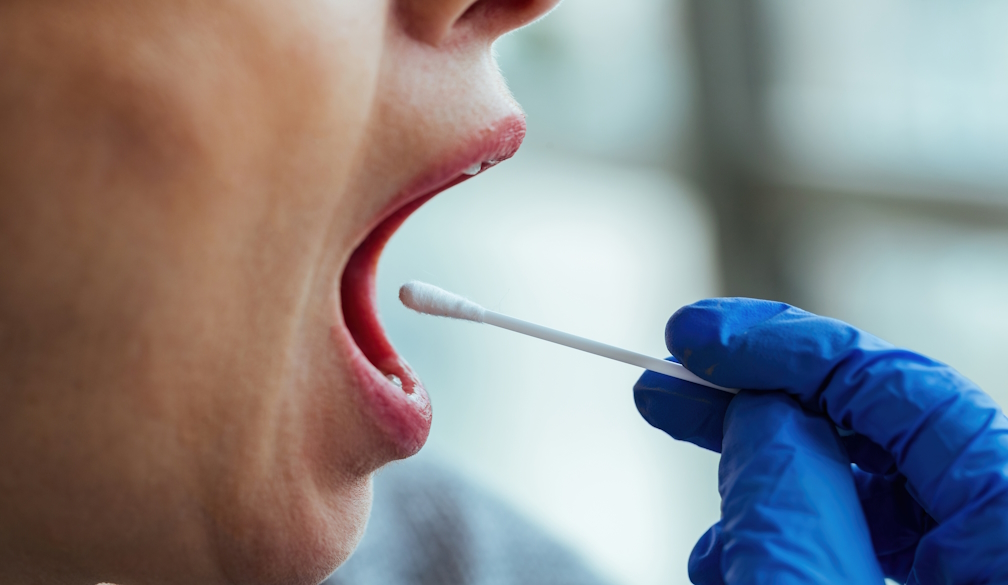Oral Swabs Gaining Popularity in the DOT Drug Test

In recent years, the world of drug testing has been undergoing a transformation, with the use of oral swabs in DOT drug tests rapidly gaining popularity. This shift offers a streamlined, less invasive approach that appeals to both employers and employees. As we explore this trend, let's delve into why oral swabs are becoming the preferred choice and how they work in the context of the Department of Transportation (DOT) regulations.
The Rise of Oral Swabs in Drug Testing
Traditionally, urine tests dominated the landscape of drug testing. However, oral swabs are now emerging as a frontrunner, largely due to their ease of use and quick results. Unlike urine tests, oral swabs do not require any facilities for collection, making them a convenient option for on-site testing. Imagine a workplace scenario where time is of the essence, and yet, efficiency must not be compromised. Oral swabs come in as a perfect solution, offering a fringeless experience—smooth, without the hassle of requiring specialized environments or equipment.For employers, the appeal of oral swabs lies in their ability to conciliate concerns about privacy and dignity. Employees often voice apprehension over traditional testing methods, which can feel intrusive. Oral swabs, in contrast, are less invasive, promoting a sense of respect and consideration for personal boundaries. This aspect of conciliation is crucial in maintaining a positive workplace atmosphere, ensuring that drug testing does not disrupt employee morale.
How Oral Swabs Work in DOT Drug Tests
Oral swabs are simple yet effective. They involve collecting a saliva sample from an individual’s mouth using a small absorbent pad. The procedure is quick, typically taking only a few minutes. This method is particularly beneficial for DOT drug tests, where time and accuracy are paramount. The collected sample is then analyzed for the presence of drugs, providing results that are both reliable and prompt.
The sensitivity of oral swabs is another factor contributing to their rising popularity. They are adept at detecting recent drug use, making them ideal for situations where immediate detection is crucial. In the fast-paced world of transportation, where safety is a top priority, the ability to quickly identify potential risks is invaluable. Oral swabs, therefore, usher in a new era of efficiency and reliability in DOT drug testing.
Advantages of Oral Swabs Over Traditional Methods
One of the most significant advantages of oral swabs is their non-invasive nature. Unlike urine tests, which may require specific conditions and often lead to discomfort, oral swabs are straightforward and stress-free. This approach not only saves time but also enhances the overall testing experience for employees.Furthermore, oral swabs have a shorter detection window, which is a double-edged sword. While it allows for the detection of recent drug use, it may not be suitable for identifying long-term substance abuse. However, for DOT drug tests, the focus is often on immediate safety rather than historical usage, making oral swabs a fitting choice.
Challenges and Considerations
Despite their benefits, oral swabs are not without challenges. One concern is the shorter detection window, which may not capture drug use beyond 24-48 hours. For some employers, this might pose a limitation in ensuring long-term drug-free environments. Additionally, there is a need for proper training to ensure accurate sample collection and interpretation of results.Another consideration is the legal aspect. As oral swabs become more widely used, it is essential for employers to stay informed about regulations and ensure compliance with DOT drug test standards. Balancing these factors is crucial to effectively implementing oral swab testing in the workplace.
Adopting Oral Swabs in Your DOT Drug Testing Program
For those considering a shift to oral swabs for DOT drug tests, understanding the process and implications is key. Start by evaluating the specific needs of your organization and the nature of the work environment. If immediate detection and non-invasive methods align with your priorities, oral swabs could be an excellent fit.Moreover, it is vital to work with reputable dot drug testing providers who understand DOT regulations and can guide you through the transition. This ensures that your testing program remains compliant and effective, safeguarding both your employees and your business.
Final Thoughts
As we navigate the evolving landscape of drug testing, oral swabs stand out as a promising alternative to traditional methods. Their convenience, efficiency, and ability to conciliate concerns about privacy make them an attractive option for DOT drug tests. By embracing this innovative approach, you can foster a workplace environment that prioritizes safety and respects individual dignity.Incorporating oral swabs into your DOT drug testing program is not just about adopting a new technology—it is about ushering in a new era of workplace harmony and efficiency. As you move forward, consider the benefits and challenges, and make informed decisions that align with your organizational goals. Whether you're an employer or an employee, understanding these shifts can lead to more effective and empathetic workplace practices.









